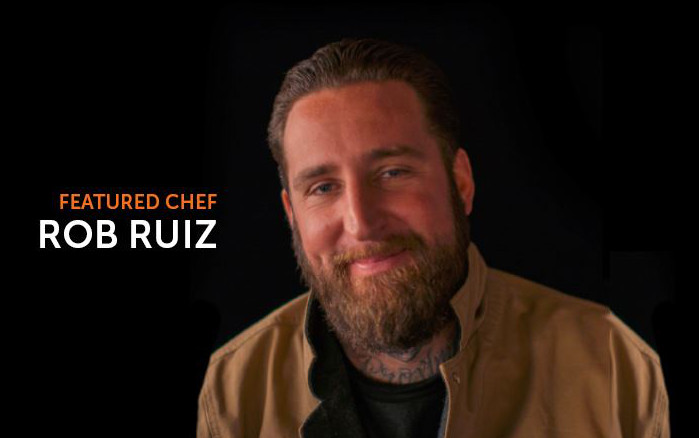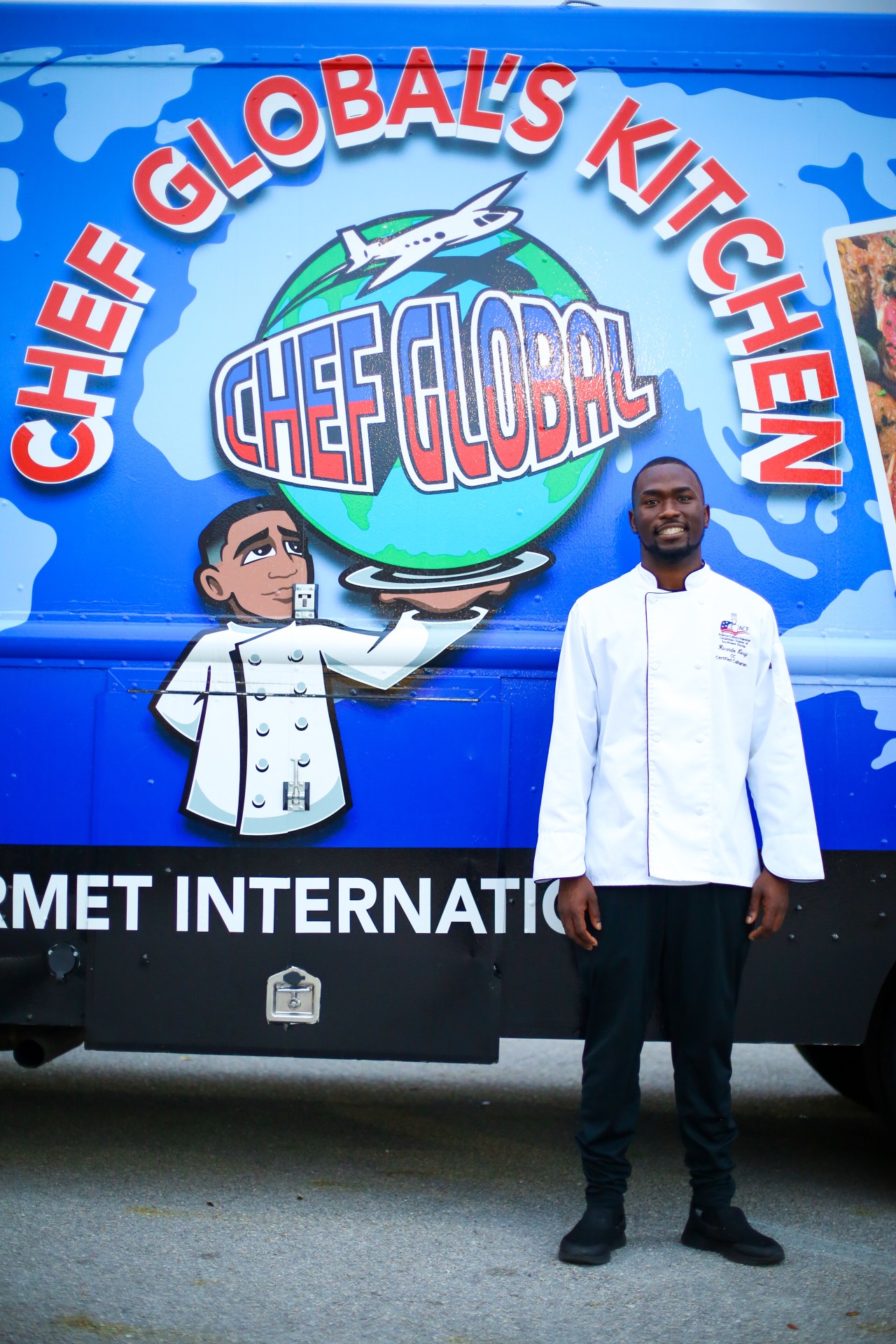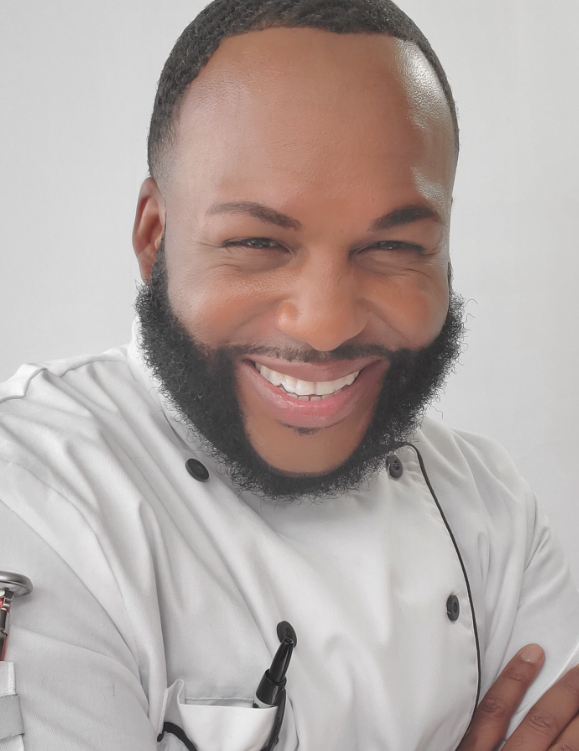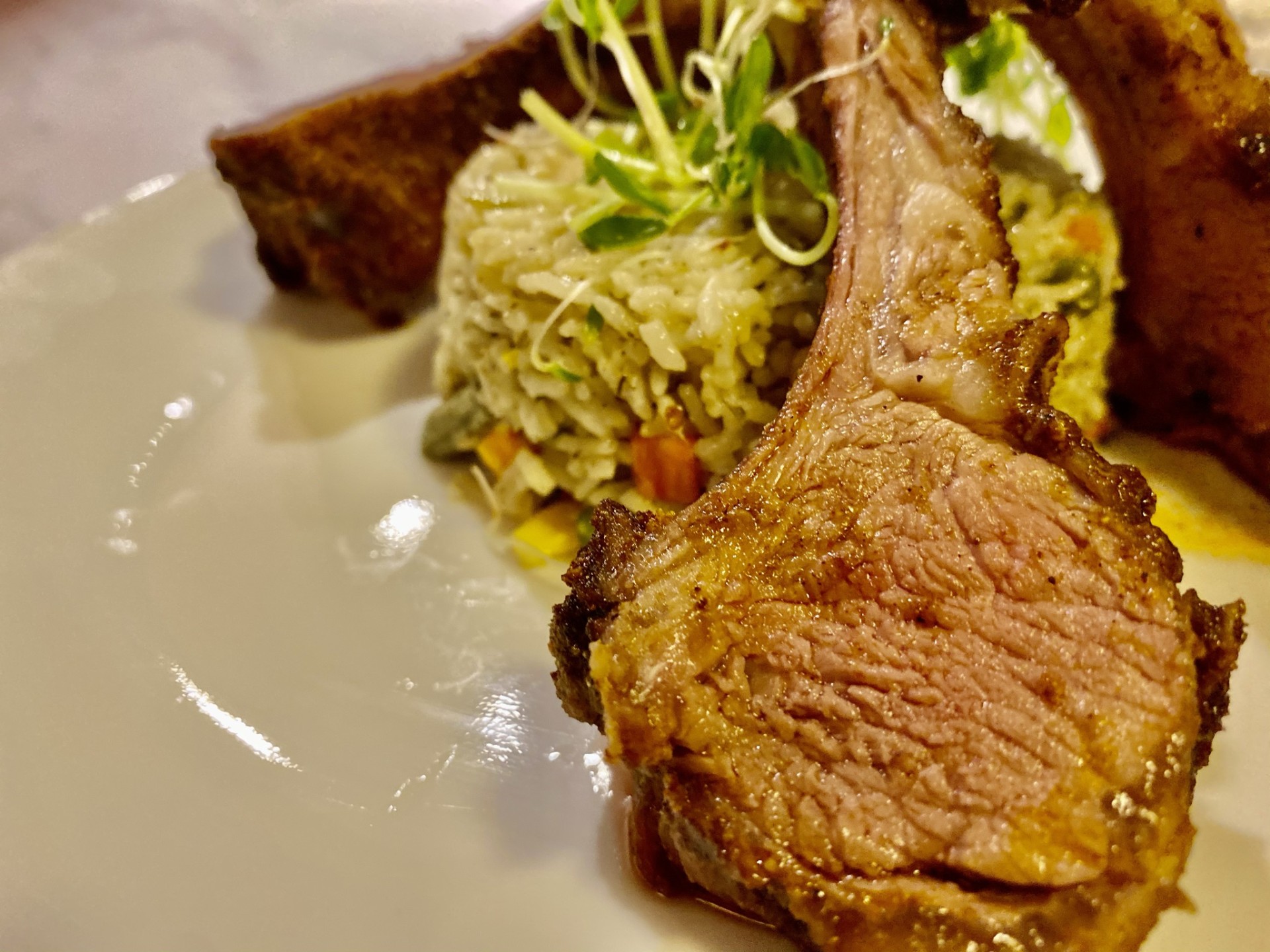 One of the region’s most outspoken advocates for sustainable seafood, Oceanside native Chef Rob Ruiz spent a decade honing his craft in Hawaii where he trained directly under James Beard award winner Chef Alan Wong before earning an apprenticeship under Japanese sushi master chef Etsuji Umezu. Since returning to San Diego and opening The Land & Water Company in 2014 –where his menu of hyper-local, ethically raised and sourced ingredients have put him firmly on the map– he has also focused on the culinary community’s role in saving the endangered vaquita porpoise.
One of the region’s most outspoken advocates for sustainable seafood, Oceanside native Chef Rob Ruiz spent a decade honing his craft in Hawaii where he trained directly under James Beard award winner Chef Alan Wong before earning an apprenticeship under Japanese sushi master chef Etsuji Umezu. Since returning to San Diego and opening The Land & Water Company in 2014 –where his menu of hyper-local, ethically raised and sourced ingredients have put him firmly on the map– he has also focused on the culinary community’s role in saving the endangered vaquita porpoise.
Recently garnering global attention for his dedication to improving fishing and seafood industry practices, Chef Ruiz sat down with Chef’s Roll to discuss “The Ocean Awards 2016” held in London by the Blue Marine Foundation and Boat International. He is the Chef/Restaurateur Winner of 2016, who has made the most outstanding commitment to ocean conservation and ongoing mission to raise awareness and consumption of environmentally friendly seafood.
Congratulations on winning the award. How was your experience in London?
Life changing. It was a huge honor to be recognized for what we do and what we’ve been working on for years at The Land and Water Company. It was incredible to go to another part of the world and be welcomed with open arms, handshakes and high fives for the work we’ve done trying to solve one of the biggest problems the world is facing right now, which is the overall fate of our oceans.
How is sustainable seafood being championed in San Diego?
I feel like there are more and more chefs popping their heads up and acknowledging and embracing sustainable seafood, and I’m super thankful for that. There have been great movements like the Tuna Harbor Dockside Market, which was a prototype for the state of California, but became so successful it was passed by a bill through our State Senate. This made it possible for fishermen to congregate at any dock and prepare and sell their catch directly to the public in a farmers market type environment. The one in San Diego was the first of its kind and it’s been extremely successful changing how fishermen fish for local consumers, and how chefs seek out their proteins for their menus.
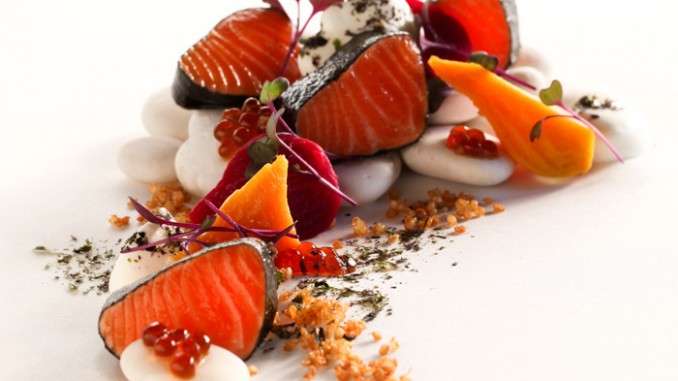
How do you feel chefs can help to educate their customers on sustainability?
They first have to educate themselves because sadly, the chefs that are doing the right thing are few in numbers and it’s really the consumers who need to be educated. So, it’s slow. It’s one plate at a time. Letting people know where their food is coming from, especially when it’s sourced from our oceans. It’s sourcing locally, staying with silver fish which are smaller and lower down on the food chain and more abundant and more nutrient rich. It’s using shellfish that have been aqua-cultured forever. It’s about eating fish that are in season.
How are your plans to develop a regional market for artisanal fresh shrimp coming along?
Right now, we’re working on sourcing the shrimp the correct way out of the Gulf, along with finned fish from the same region. There’s really only one man down there who’s working through the WWF, the Mexican government and NOAA – all that filters down to just one guy on the beach yelling to the shrimp fishermen “please help us develop this artisanal catch!” But luckily, after this award, the pressure has been put on conservationists, politicians and fishermen to catch things the right way because there is an entire market here of conscious consumers and wholesalers fighting to get this shrimp product across the borders. So things look very good in the very near future.
When will your next vaquita benefit dinner be held?
It’s the evening of Wednesday, March 23 – it’s a benefit for the vaquita but also to celebrate The Land & Water Company’s second anniversary. Myself, Chef Drew Deckman, Chef Jason McLeod and a few others will be creating the menu. We’ll have wine pairings from Viñas de Garza in Valle de Guadeloupe too, it’s going to be awesome.
Talking of The Land & Water Company, what’s new for the restaurant this year?
After years of hard work we finally have our own farm – located about ten minutes from the restaurant it’s called Cannon Family Farms. We’re planting ‘succession style’ into 100-foot rows over three acres, so in the coming months the majority of our produce will be sourced from there – organic, GMO free and grown using all natural heirloom and OG seed strains. As with our fish and terrestrial proteins, we’re putting our own hands in the soil and harvesting what we consider to be some of the best produce in the world – right next to our restaurant. Also, the only farm in the United States growing fresh wasabi is now delivering to us once a week. So, we have fresh wasabi grated for nigiri that’s only been out of the ground for 12 hours.
Which types of sushi do you believe best test a sushi chef’s abilities?
Number one is the kohada. It’s called a gizzard shad and is one of the most ancient forms of original nigiri sushi. Instead of just slicing a fish and slapping it over some rice and giving it your best shot, the kohada is a very delicate, very small fish – you must first butcher the whole fish and butterfly it perfectly. There’s finesse to salting it, what type of salt do you use? How long you salt it? Then you’re going to season it, which means you’re going to let it pickle for a certain amount of time in Sushi zu – a blend of rice vinegar, sugar, salt and kombu, which is a type of kelp. It can easily be destroyed if you’re not paying attention to it for 30 seconds. So, it shows off all of the knife skills that you need to be a sushi chef. It shows the rice making, the seasoning, everything from working with vegetables all the way up to cold fish butchery — all represented in this one small bite. It’s a whole life’s work. So, that is the chef’s challenge, that’s the one dish that represents the heart of a sushi chef.
And finally, when you have the time, where do you like to eat out?
I rarely do, but the one place I’ll go (other than fellow chef friends’ restaurants) would be Sushi Kaito. It’s a small, two-man sushi bar in Encinitas, where there are two Japanese chefs who have both been doing sushi for about 40 years. They do serve some species which I don’t approve of, but they’re completely authentic and very humble. Their knife skills and dedication to their work are in line with what we believe in. So, that’s where I’ll go.
Learn more about Chef Rob Ruiz on his Chef’s Roll Profile or at his blog, One Plate At A Time. Tickets for the R-Evolution Dinner at The Land & Water Co. on Wednesday, March 23 can be purchased here.



